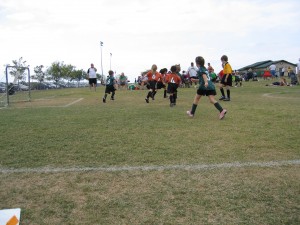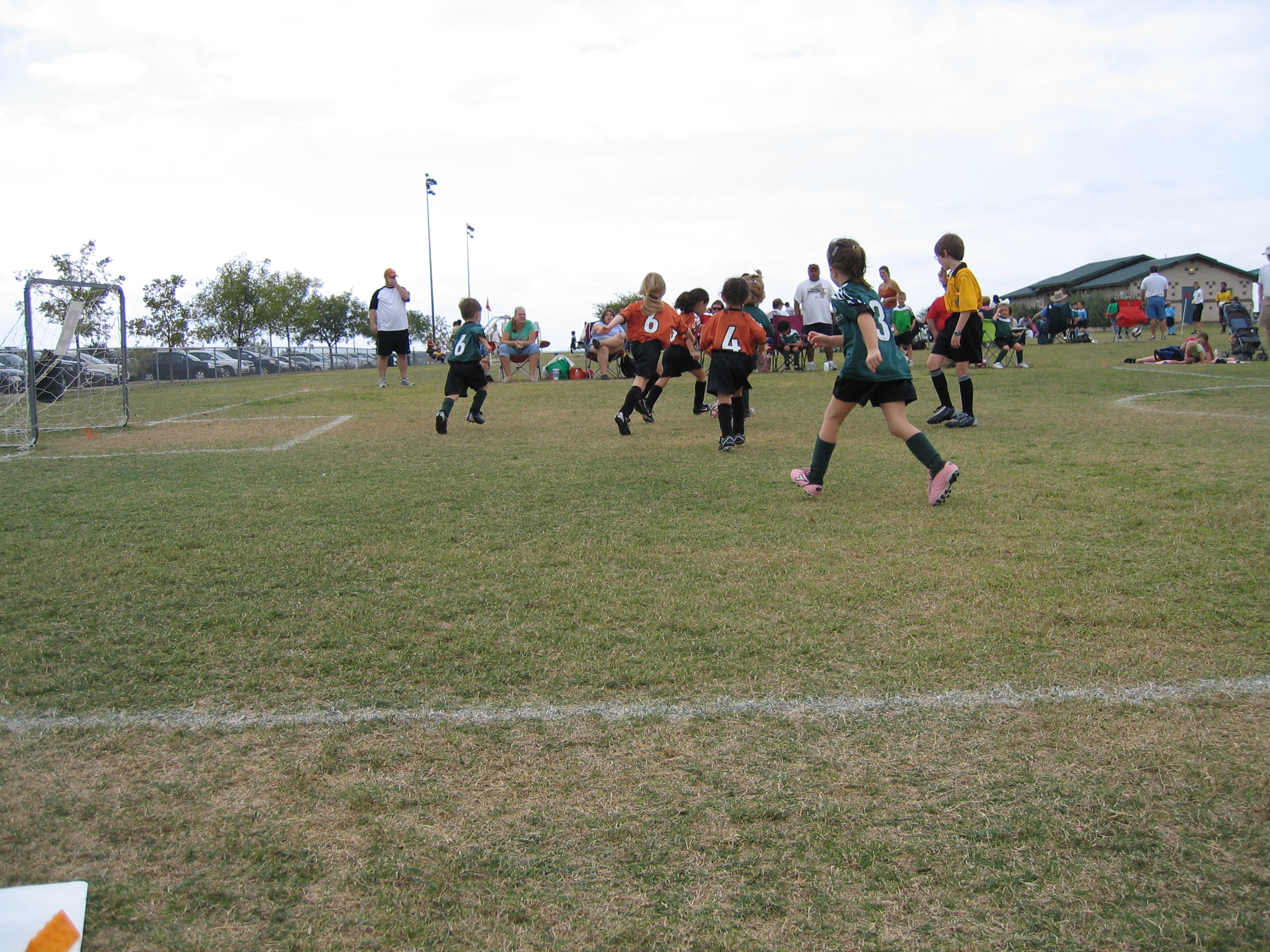April 13, 2011 GUEST BLOG POST by Elliot Searer
 In many previous studies, we have found out that a healthy balance of diet and exercise is the most efficient way of staying healthy. I feel more emphasis needs to be put on children and how much physical activity they receive, and if they are even coming close to the recommended 60 minutes per day. I feel that organizations, like YMCAs, should offer more opportunities for our youth to have a place to properly exercise. Questions I have are:
In many previous studies, we have found out that a healthy balance of diet and exercise is the most efficient way of staying healthy. I feel more emphasis needs to be put on children and how much physical activity they receive, and if they are even coming close to the recommended 60 minutes per day. I feel that organizations, like YMCAs, should offer more opportunities for our youth to have a place to properly exercise. Questions I have are:
Do our youth have proper access to a clean, safe environment suitable for physical activity and play? Do our youth understand the importance of physical activity from a health perspective? Do our youth have access to information that answers their questions about different exercises or exercise equipment? Do children understand the importance of nutrition in order to gain the most from their physical activity? Are youth who lived in dirty, unsafe conditions permitted to exercise at facilities like YMCAs despite possibly not having the proper financial means?
In a study conducted by Bowman and Neal, particpants between 5 and 17 years of age were scheduled to attend nutrition classes only or nutrition classes and family YMCA membership. The primary outcome measure was change in BMI-for-age percentile. Four participants in the control group and one in the treatment group achieved the target reduction of 2 BMI percentile points. Within the treatment group overall, YMCA attendees had a mean increase of 0.30 BMI points compared with an increase of 0.60 BMI points in nonattendees. Questions I have about the study in particular are:
1) In what type of shape, physically, were the eligible participants in before the experiment? 2) After? 3) What type of guidance was received from YMCA workers or someone of a trainer’s capability?
Through my personal experiences as an athlete, I find it extremely surprising that better results weren’t seen. The study states that some of the participants didn’t even go to the YMCA despite having a paid membership. I would like to know what type of guidance they were getting. For example, if they were doing proper exercises to promote weight loss or if they even knew how to properly operate the equipment and machines.
I feel a lot more can be done by communities to stress getting the 60 minutes of daily physical activity. Organizations should take a stronger stance and venture out in the community, and set up activities in parks or rec sites. It wouldn’t be hard, and would be low cost. Also, the organizations may not even have to use their facilities as host sites for the gatherings. Getting our youth out in the community, learning how to properly take care of themselves through physical activity could possibly lead to more benefits. Better eating habits, spreading nutrition information to other family members, and overall healthier communities may encourage children to pursue sports or other careers based on exercise/play as opposed to sitting at home…
M. A. Bowman and A. V. Neal; Policy and Financing in Family Medicine and the Medical Home. J Am Board Fam Med, May 1, 2010; 23(3): 277 – 279.

![2009_Sojourn_065[1]](http://whyhealthcommunication.com/whc_blog/wp-content/uploads/2011/04/2009_Sojourn_0651-300x224.jpg)







